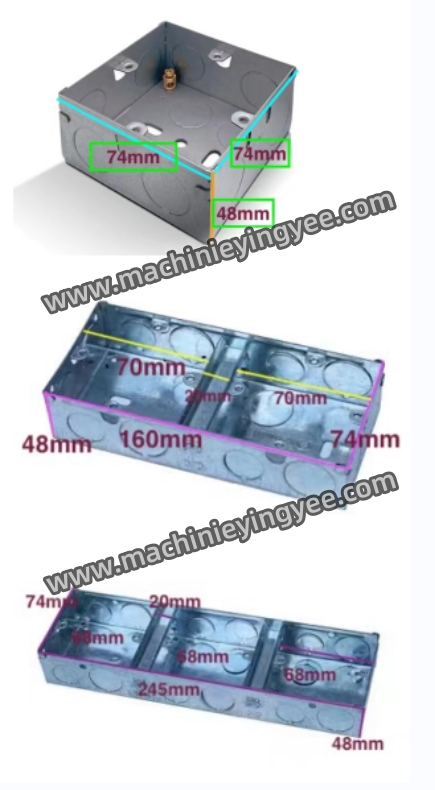
Grain Storage Roll Forming Machine Revolutionizing Agricultural Storage Solutions
In the modern agricultural landscape, efficient grain storage is paramount to ensure food security and minimize losses. With the increasing global population and the demand for sustainable farming practices, innovative technologies like the grain storage roll forming machine have emerged as essential tools for farmers and agricultural businesses. This article delves into the significance of these machines, their working principles, advantages, and the overall impact they have on grain storage solutions.
Understanding Grain Storage Needs
Grain storage is a crucial aspect of the agricultural supply chain. After harvest, grains must be stored properly to prevent spoilage, pest infestation, and quality degradation. Traditional storage solutions such as silos and warehouses have been widely used, but they often come with limitations in terms of cost, labor, and design flexibility. This is where grain storage roll forming machines come into play, revolutionizing how grain storage structures are constructed.
What is a Grain Storage Roll Forming Machine?
A grain storage roll forming machine is a specialized piece of equipment designed to manufacture metal components used in building storage structures, particularly grain silos. These machines utilize a roll-forming process to shape and fold metal sheets into precise profiles. The output is often used to create strong, durable, and weather-resistant storage units that can withstand various environmental conditions.
Working Principle
The roll forming process begins with large rolls of metal sheets, typically galvanized steel, being fed into the machine. As the sheets pass through a series of rollers, they are gradually shaped into the desired profile. This process not only ensures uniformity in the dimensions of the components but also enhances the structural integrity of the storage units. The formed sheets can then be cut to specific lengths and assembled to create silos or other storage structures.
One of the key advantages of using a roll forming machine is the high level of automation in the manufacturing process
. This leads to increased production efficiency, reduced labor costs, and faster turnaround times for grain storage solutions.
Advantages of Grain Storage Roll Forming Machines
1. Cost-Effectiveness By automating the production process and minimizing waste, grain storage roll forming machines significantly reduce the costs associated with traditional storage solutions. This cost efficiency is especially beneficial for small to medium-sized farms.
2. Customizability The roll forming process allows farmers and manufacturers to customize the size and shape of storage components according to specific needs. This flexibility enables the creation of tailor-made solutions that cater to different types of grains and storage environments.
3. Durability The materials used in the construction of grain storage structures produced by roll forming machines are typically robust, resistant to corrosion, and capable of enduring harsh weather conditions. This durability ensures that the grain remains safe and high-quality during storage.
4. Speed of Production The efficiency of the roll forming process means that manufacturers can produce large quantities of storage components in a shorter amount of time. This rapid production capability is essential during peak harvest seasons when farmers need to store their grains quickly.
5. Environmental Impact By optimizing the use of materials and minimizing waste through efficient production processes, grain storage roll forming machines contribute to more sustainable agricultural practices. Additionally, many of these machines are designed to operate on renewable energy sources, further reducing their environmental footprint.
Conclusion
As the demand for efficient and effective grain storage solutions continues to grow, the role of grain storage roll forming machines becomes increasingly indispensable. Their ability to produce high-quality, customizable, and durable storage structures positions them as a transformative force in the agricultural sector. By investing in such technology, farmers can safeguard their harvests and contribute to a more sustainable food supply chain, ultimately benefiting consumers and the environment alike. With ongoing advancements in technology, the future of grain storage looks promising and is poised for further development.